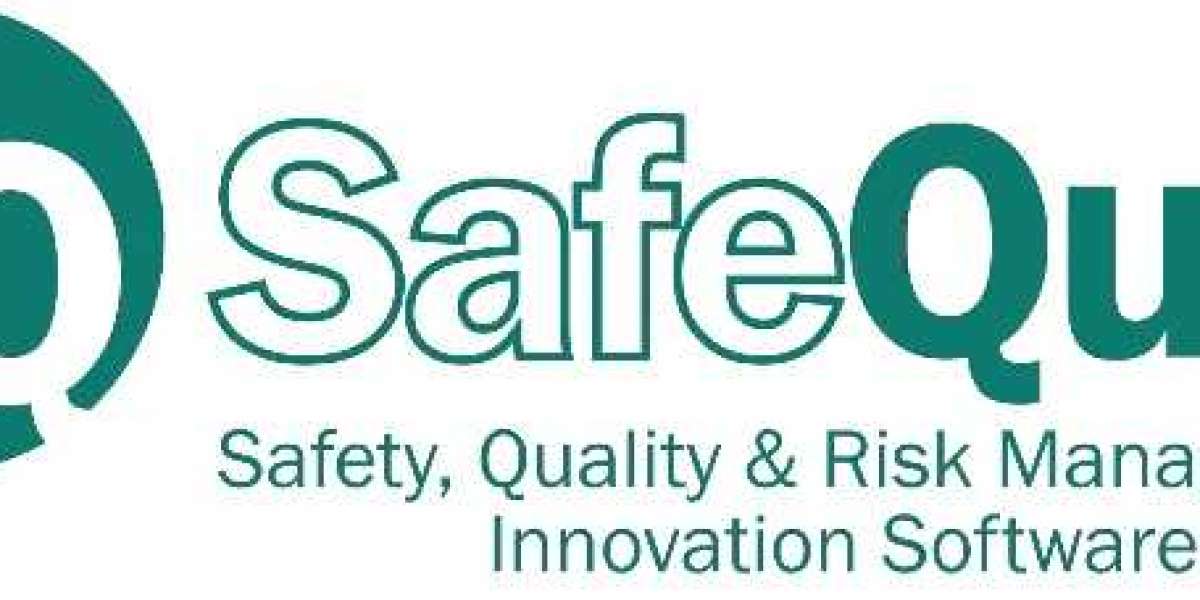Setting clear patient goals is essential for improving health outcomes and ensuring that care remains focused and meaningful. Whether you’re a healthcare provider, care coordinator, or part of a remote healthcare team, understanding how to establish and communicate patient goals can transform the care experience for everyone involved. This article will share practical examples of patient goals, tips on how to set them effectively, and how SafeQual’s supports this process to improve patient safety and quality of care.
Why Patient Goals Matter
In remote or virtual healthcare settings, setting patient goals becomes even more crucial, as it fosters clear communication and alignment between patients and care teams across distances.
Practical Patient Goals Examples
When setting patient goals, it’s important to make them specific, measurable, achievable, relevant, and time-bound (SMART). Here are some examples that cover a range of health scenarios:
| Patient Condition | Example Goal | Notes |
|---|---|---|
| Diabetes Management | Reduce HbA1c from 8.5% to below 7% in 6 months | Focus on measurable blood sugar control |
| Post-Surgery Recovery | Walk 500 steps daily within 2 weeks post-discharge | Gradual activity goals supporting physical rehab |
| Chronic Pain Management | Decrease pain level from 7 to 4 on a 10-point scale within 4 weeks | Emphasizes pain reduction through therapy or medication |
| Weight Management | Lose 5% of body weight over 3 months with dietary changes and exercise | Combines nutrition and physical activity |
| Mental Health | Practice mindfulness meditation 10 minutes daily for 30 days | Targets emotional well-being through daily habits |
These examples highlight how goals can be tailored to the individual’s condition and circumstances, making them relevant and achievable.
Tips for Setting Patient Goals That Work
Involve the Patient
The best goals are those that patients help create. Engage them in conversations about what matters most to them, their challenges, and what success looks like in their own words.Be Clear and Specific
Avoid vague goals like “get healthier.” Instead, aim for something concrete, such as “walk 20 minutes five days a week.”Use a Time Frame
Setting deadlines helps both patients and care providers track progress and stay motivated.Ensure Goals Are Realistic
Ambitious goals are inspiring but setting unrealistic targets can discourage patients.Review and Adjust Regularly
Goals are not static. Review progress frequently and adjust goals based on new information or changing circumstances.
The Role of SafeQual’s in Supporting Patient Goal Setting
SafeQual’s provides powerful tools for healthcare teams to monitor patient safety, manage risk, and improve quality outcomes. Through their platforms, care teams can document patient goals clearly, track progress, and communicate efficiently, even across remote or virtual environments.
By using SafeQual’s, teams can better capture the full picture of patient care, ensuring goals are integrated into the treatment plan and outcomes are measured effectively. This structured approach minimizes errors and promotes patient-centered care.
For more details, you can visit SafeQual’s’s official site.
Real-World Experience: How Patient Goals Improve Remote Care
Consider a remote care team managing patients with chronic conditions during the pandemic. Without clear goals, follow-ups were inconsistent, and patient motivation was low. Once the team started setting specific, personalized goals, patients reported feeling more supported and engaged.
One patient with hypertension was given a goal to measure and record blood pressure daily and reduce sodium intake over two months. The care team tracked this using SafeQual’s’s reporting tools. The patient’s adherence improved, and their blood pressure dropped steadily.
This example shows how practical goal-setting can enhance remote healthcare delivery and outcomes.
Conclusion
Clear patient goals are a cornerstone of effective care, especially in today’s evolving healthcare landscape that increasingly relies on remote and virtual interactions. By setting specific, realistic, and time-bound goals, care teams can boost patient engagement and improve outcomes.
Tools like SafeQual’s support this process by providing platforms for clear documentation and communication. For anyone involved in healthcare management or remote team leadership, focusing on patient goals is a proven step toward better care and stronger team collaboration.














